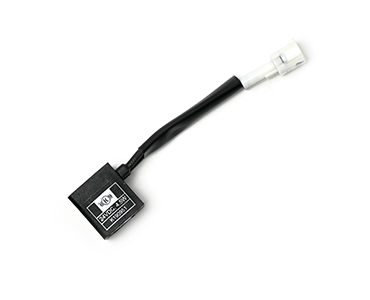
Solenoid Coils
Solenoid Coils


Solenoid Coils are essential electromagnetic devices used in various applications where controlled mechanical movement or switching is needed. These coils are made of wire wound into a coil shape and are typically used to generate magnetic fields when an electric current passes through them. This magnetic field is then used to operate a variety of devices, such as valves, relays, and actuators.
A solenoid coil is an electromagnet formed by winding wire in a cylindrical shape, usually around a core. When an electric current flows through the coil, it generates a magnetic field. The primary function of a solenoid is to convert electrical energy into mechanical movement (linear motion), making it ideal for actuators and switches.
its simplest form, the solenoid coil consists of an insulated wire wound into a helix or coil shape. When electricity flows through the coil, a magnetic field is created, which can either attract or repel a metal plunger or armature within the coil. This movement can be used to open or close a valve, trigger a switch, or perform other mechanical actions.
Working Principle
- Electromagnetic Action: When an electric current is passed through the wire wound around the coil, the solenoid creates a magnetic field around the coil. This magnetic field exerts a force on any ferromagnetic object, typically a movable plunger or armature, inside the solenoid.
- Attraction or Repulsion: The force generated by the magnetic field causes the plunger or armature to move, either pulling it into the solenoid or pushing it out, depending on the solenoid's design. The mechanical movement of this plunger is used to perform a specific task, such as opening or closing a valve, activating a switch, or engaging a locking mechanism.
- De-energizing the Solenoid: When the electrical current is turned off, the magnetic field collapses, and the plunger returns to its original position, often with the help of a spring.
Key Features of Solenoid Coils
- High Sensitivity: Solenoid Coils are designed to be highly sensitive to changes in current, ensuring prompt response to any overcurrent situation.
- Durability: Solenoid Coils are built to last for numerous operations, typically with a long operational life under normal working conditions.
- Compact Design: These coils are designed to fit within the compact housing of the MCB, making them suitable for space-limited applications.
- Fast Response Time: Solenoid Coils react quickly to sudden overcurrent conditions, ensuring the safety of the electrical system by disconnecting the circuit before any significant damage can occur
Types of Solenoid Coils
- Push Solenoid: This type of solenoid uses the magnetic force to push the plunger or armature out of the solenoid when energized.
- Pull Solenoid: In a pull solenoid, the magnetic force pulls the plunger or armature into the solenoid when energized.
- Linear Solenoid: A linear solenoid produces a linear (straight) motion, which can be used to operate switches, locks, or valves.
- Rotary Solenoid: This type generates rotational motion, useful for turning knobs or actuating rotary switches.
- Differential Solenoid: This type is commonly used in control systems and can adjust the magnetic force to create variable motion, providing finer control in specific applications.
Applications of Solenoid Coils
- Automated Valves: Solenoid coils are commonly used in industrial valves, where they control the flow of liquids or gases. By actuating the valve mechanism, they can open or close valves based on electrical signals.
- Automated Locking Systems: In security systems, solenoid coils are used to control locking mechanisms. When energized, they move the lock mechanism to secure or release it.
- Automated Manufacturing Systems: In manufacturing, solenoids are used in robotic arms, conveyor belts, and other machinery to provide precise control of mechanical parts.
- Relays and Switches: Solenoids are used in relays, which control the opening and closing of electrical contacts. This is essential in switching power on and off in circuits.
- Automotive Industry: In vehicles, solenoids are used in various systems, including fuel injection, transmission control, and brake systems.
- Home Appliances: Solenoids are commonly found in home appliances such as washing machines (for valve control), refrigerators (for water dispensing), and dishwashers.
- Medical Devices: Solenoid coils are used in devices like magnetic resonance imaging (MRI) machines, where they help control mechanical components or switches.
- Textile Machinery: Solenoids are used to automate processes such as threading, bobbin changing, or fabric feeding in textile manufacturing.
